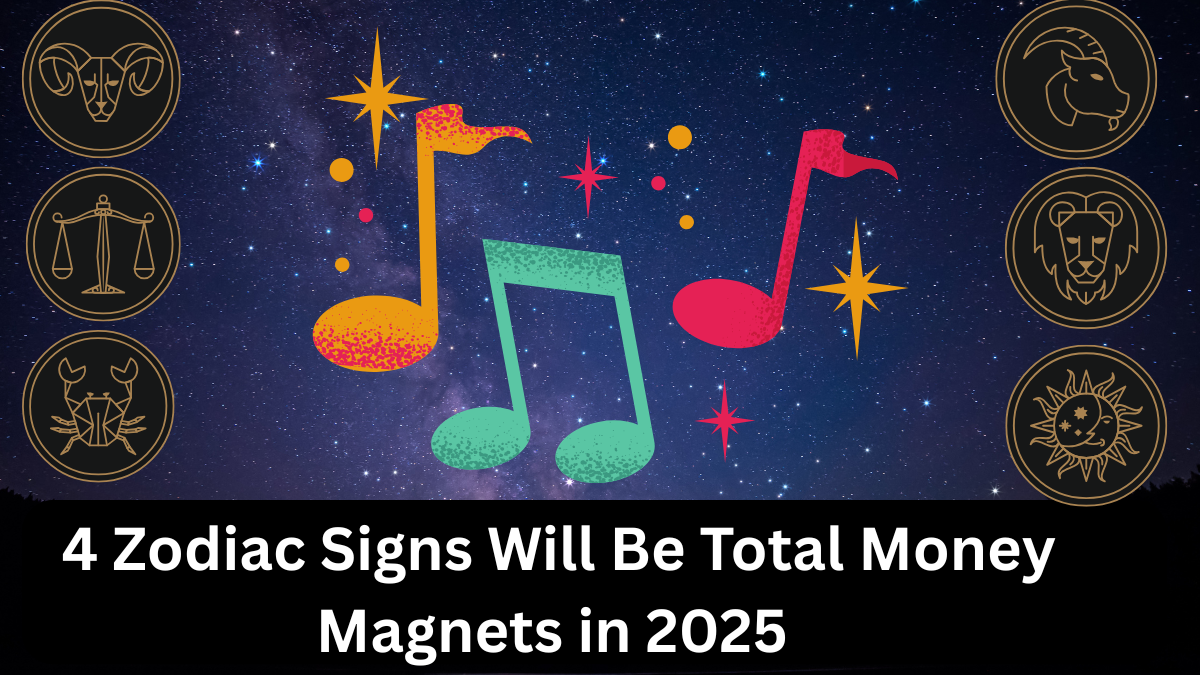Even though the main COVID-19 stimulus programs have ended, some people in the U.S. are still getting $2,000 checks in 2025. These payments are part of new or extended local and federal programs that help people who are struggling financially. This article explains the 4 main types of people who can still get this support and how you can check if you’re one of them. Everything is explained in simple, clear language that anyone can understand.
Why Are Stimulus Checks Still Going Out in 2025?
Some cities and states are continuing to help their residents by offering extra money through stimulus programs. These programs are focused on people who are still having a tough time paying for things like rent, food, and medical bills. While most people won’t get another federal check, specific groups are still eligible for payments of up to $2,000 per person.
1. Low-Income Families and Individuals
People with very low or no income may still qualify for a $2,000 stimulus check through local or state relief programs. These programs look at:
- How much money you earn each month
- Your total savings or assets
- How many people are in your household
Many states have created their own stimulus checks in 2025, especially for families living below the poverty line. If you’re in this group, you may get automatic payments or have to apply online.
2. Seniors on Fixed Incomes
Senior citizens, especially those getting Social Security or SSI, can still receive $2,000 checks in some areas. These payments are meant to help with:
- High medical costs
- Prescription drugs
- Rent or utility bills
States like California and New York have extended their senior stimulus programs, giving direct help to elderly people who live alone or don’t have family support.

3. Parents and Caregivers
Parents with young children or disabled dependents may still qualify for stimulus payments in 2025. Programs are available for:
- Single parents
- Caregivers of children under 18
- Guardians of disabled adults
Some of these are child tax credit extensions or special family stimulus grants. You may get up to $2,000 per eligible child or dependent, depending on your income and where you live.
4. Unemployed or Recently Laid-Off Workers
If you’ve lost your job or had your hours cut recently, you may still be able to get a one-time $2,000 emergency payment. Many local job programs and relief funds are still giving this support in 2025.
You might need to show:
- Proof that you lost your job
- A drop in your monthly income
- That you’re actively looking for work
In some states, these checks are processed automatically if you’re registered for unemployment insurance.
In 2025, stimulus checks haven’t completely disappeared. Around the country, millions of people are still getting help, especially those who truly need it the most. If you’re in a low-income group, a senior citizen, a parent, or unemployed, it’s worth checking with your state or city government. A $2,000 check can go a long way toward helping you stay on track. Keep your documents ready, stay updated with government websites, and apply on time to make sure you don’t miss out.















